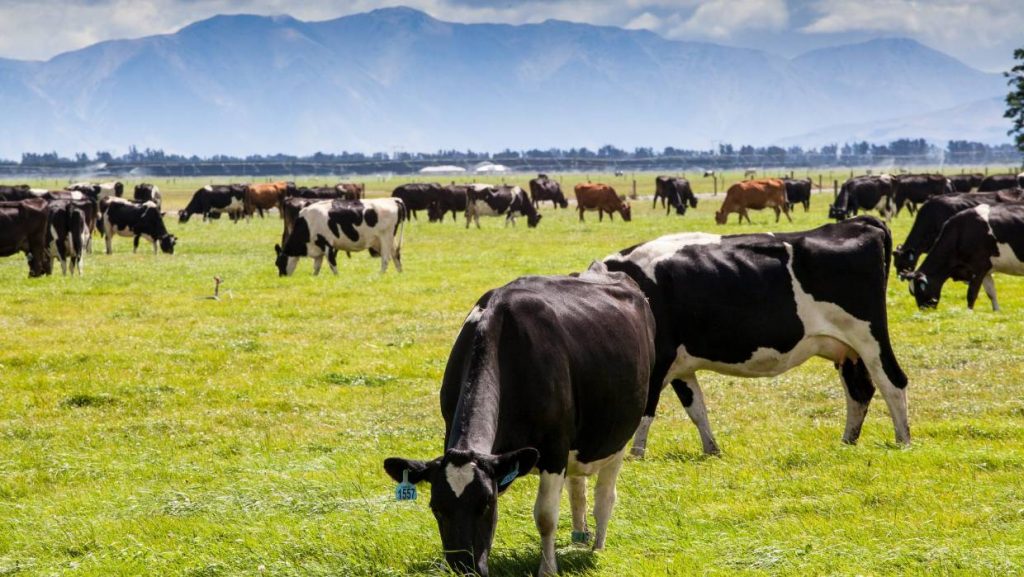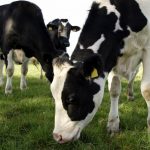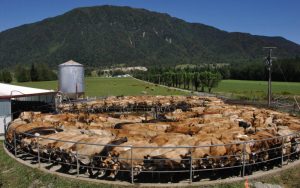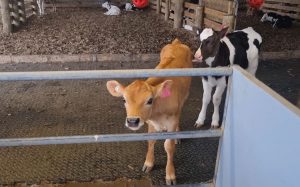
2019 is likely to be a watershed year for New Zealand dairy farmers.
Ahead there is the DIRA review with submissions closing on Friday the 8th and the final recommendations being given to Government supposedly not long after likely means most of the decisions have already been made.
The potential for radical change is there however, it is unlikely there will be much change although the issue around open entry (and departure) which is one of Fonterra’s weaknesses which competitors are able to exploit is likely to be looked at closely.
With the Fonterra issues from last year still to be resolved and asset sales being one of them it appears the return to basics call has resulted in the Fonterra Farm Source division being sold off to Carrfields Livestock, a company that seems to be on the move. Other sales are still to take place both domestically, i.e. Tip Top and a number of international sell offs including the ill-fated Beingmate investment most likely to go.
Government regulations around greenhouse gas emissions and the ongoing pressure with farming around impacts upon water quality mean that environmental issues may will be the greatest area of change and most likely cost. 2019 may only be the precursor for more to follow on this front. Whether farmers are able to adapt fast enough to satisfactorily meet these challenges is one thing and whether there is enough cash in the kitty to fund them is another with dairy debt continuing to rise, much of it to fund infrastructure to help mitigate their environmental footprints.
At least the GDT has continued to move in the right direction with the latest auction being the fourth on the trot to lift. For the key Whole Milk Powder sector this now is nearly an +11% rise from the recent trough in November with the latest price now putting WMP at $2,777 per tonne. A way to go to catch the $3,000 at this time last year and the $3,300 in April. However, the price for WMP for the last two years has been relatively stable trading mostly between $2,500 and $3,500 when prior to that in the 2014-2015 years it was wildly volatile ranging from a high of $5,500 before plummeting to $1,500. The average may be similar, but I suspect farmers would rather live with the more recent trend.
Recently the dollar has chipped off -½c which will also help the returns. As usual though we may not see any translation of GDT prices into farm gate predictions as there is a lot of water to flow, but still the results give room for some optimism.
In the meantime, milk flows are up for most regions on the back of regular rainfalls, the far north and north west of the South Island being the exception both suffering from a lack of moisture. The long promised El Nino is still to make its impact on eastern regions although there is still time for this to occur. NIWA have brought a new term into the vernacular now calling the latest El NIWA event a “Modoki” – a Japanese term meaning the same but different, hence why the weather patterns aren’t bringing the usual extremes of an El Nino.
Overall milk production is +3% ahead of last year, which was still suffering from poor spring conditions.
Further clouds for 2019 include the Trump effect and the ongoing saga of Brexit and 2019 is likely to be of interest to farmers and observers alike. The influence of the ongoing issues between the US and China is being reflected in lower than average consumer confidence in China with the fourth consecutive quarter being weaker than the previous year while in the US has the government shut down has 800,000 federal employees missing pay-checks and no sign of a compromise solution between Trump and seemingly everyone else.
So, with the old Chinese curse “may you live in interesting times” ringing in my ears, put your seat belts on we could be in for a roller coaster of a year.
























